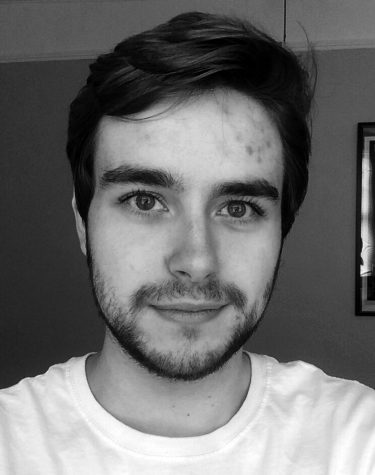Excited for the total solar eclipse? Well, better go north to see it.
August 15, 2017
Students planning for a bright start to the new semester might find their first day a little dark when classes start on Aug. 21.
That’s because the first day of class coincides with a long-awaited solar eclipse that will be seen from coast-to-coast across the United States, an event that has not happened in the country since 1918.
New Orleans is not lucky enough to be in the path that will experience a total solar eclipse, however. The total eclipse, where the sun will be completely covered by the moon, will only be seen in a few states, and Louisiana isn’t one of them. The effect of the total eclipse will create an eerie darkness in the middle of the day that will last a little over two minutes in some locations along the path.
Instead, the city will see a partial solar eclipse, where 75 percent of the sun will be covered by the moon at its peak.
Those wishing to catch the full total eclipse experience will have to travel somewhere along the path of totality, an approximately 70-mile-wide path stretching from Oregon to South Carolina, where the total eclipse will be viewable. The closest spot to New Orleans to see the total eclipse is Nashville, Tennessee, about a seven-and-a-half hour drive.
Back in New Orleans, though, there may still be some effects from the partial eclipse, but it will be far less spectacular than in the path of totality.
According to Martin McHugh, Loyola associate professor of physics, New Orleans may see things get a little darker when the moon has its maximum coverage at 1:29 p.m.
Still, McHugh said that it’s possible people could go about their day without even noticing the eclipse, since he referenced information from NASA saying 75 percent is on the threshold of when effects from an eclipse become noticeable.
So instead of hoping for darkness, the best way to engage with the eclipse in New Orleans is by buying a pair of eclipse glasses (available at many retailers), which contain filtered lenses that allow viewers to watch the eclipse without harm to their eyes.
NASA stresses that no one should look directly at a partial solar eclipse without the glasses, since the intense ultraviolet rays of the sun can cause blindness if seen by the naked eye.
McHugh wants to make sure curious Loyola students make it through the day with their vision intact, though.
Weather permitting, McHugh said a group of physics students and faculty will be out in front of Monroe Hall with two telescopes equipped with special filters, as well as some eclipse glasses available for students looking to take in the rare sight.
The sight is so rare, in fact, that the last time New Orleans was this close to the path of a total solar eclipse was in 1970. The last time the city itself saw a total solar eclipse was 107 years ago — on May 28, 1900.
Those patiently waiting for the next one still have a ways to go, though. The next total solar eclipse viewable from New Orleans is on May 11, 2078.







